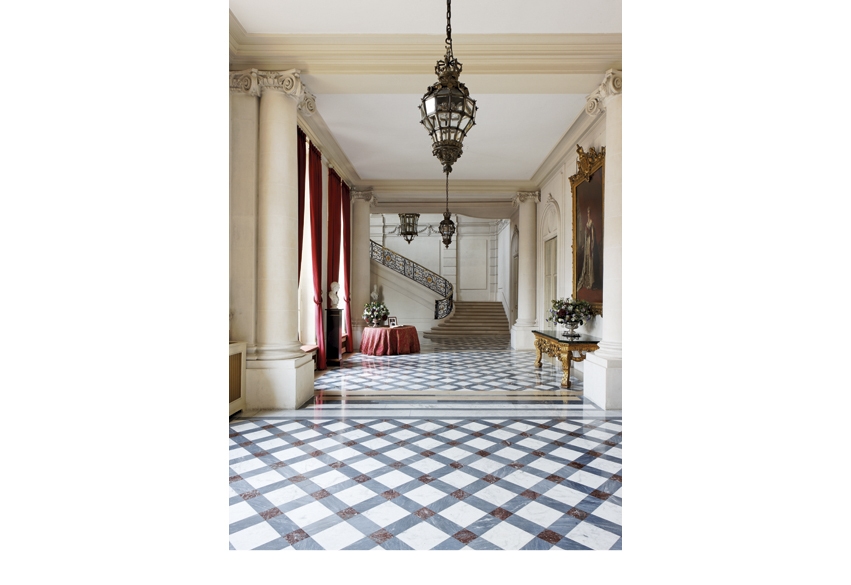I should hesitate in any circumstances to compare myself with Marcel Proust; but on opening this marvellous book I knew exactly how he felt with that madeleine.
My father was appointed Ambassador to France in 1944, moving in a few weeks after the Liberation of Paris; thus it was that from Christmas of that year — when I was 15 — and for the next three years I spent all my holidays at the Embassy. At that time, oddly enough, we had no other home; so it was there more than anywhere else that I felt I belonged. As I read this book and feasted my eyes on the superb photographs by Francis Hammond, the past 65-odd years fell away; here were rooms and pictures and pieces of furniture that I had almost forgotten, all swimming back into my conscious mind, suddenly as familiar as they had ever been; and I felt tears starting in my eyes.
And something else came back too: the aching regret that I had appreciated it all so little. Boys of 15 are not much given to aesthetic sensibility, and I was no exception. I remember first coming into that magnificent reception hall and taking it completely for granted; there was no feeling of ‘isn’t it wonderful?’ or even of ‘isn’t it grand?’ I merely bounded up the stairs to find my mother. ‘Vous sautez comme un chevreuil, monsieur’ murmured André, the tail-coated huissier, who seemed to have no other duties but to open the door for those entering and leaving.
It was the same with the great enfilade of rooms on the first floor —the salon jaune, salon vert and the salon rouge, which was my parents’ bedroom. But not even Pauline Borghese’s bed, in which my parents nightly slept — despite its narrowness and shortness — could give me a thrill.








Comments
Join the debate for just £1 a month
Be part of the conversation with other Spectator readers by getting your first three months for £3.
UNLOCK ACCESS Just £1 a monthAlready a subscriber? Log in